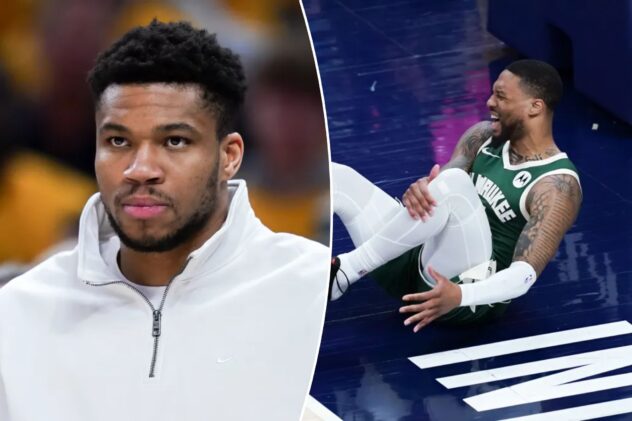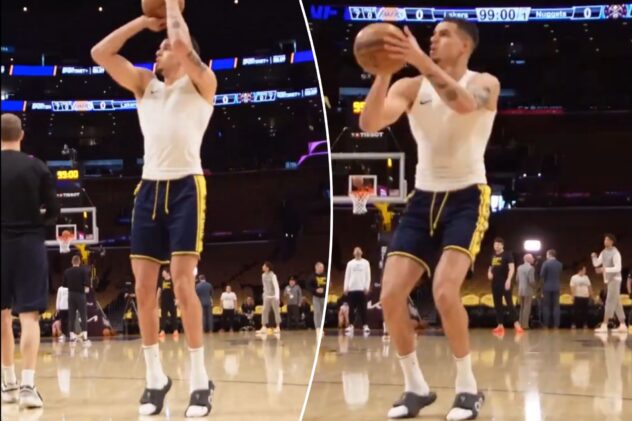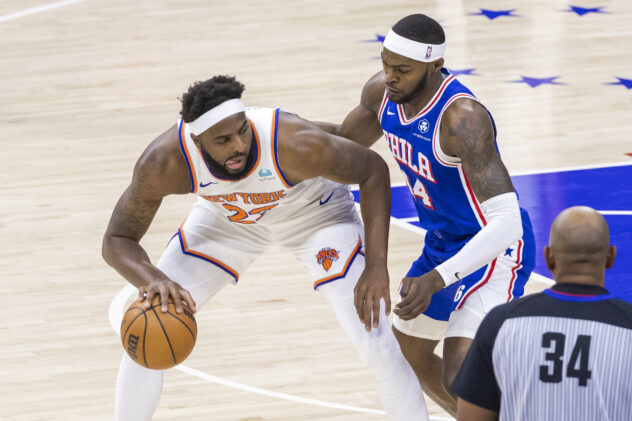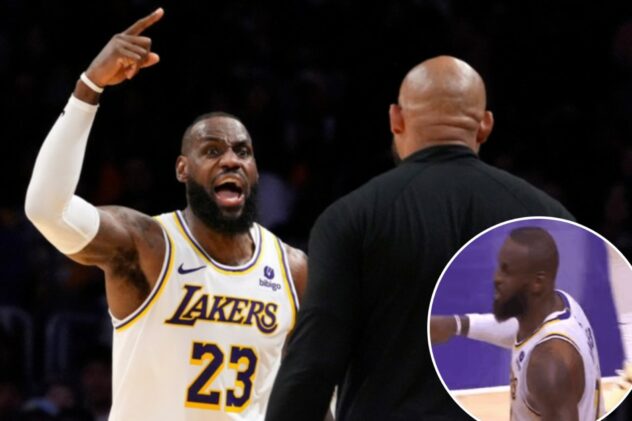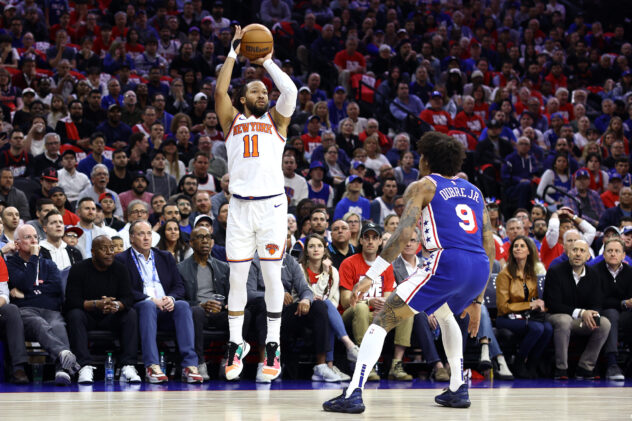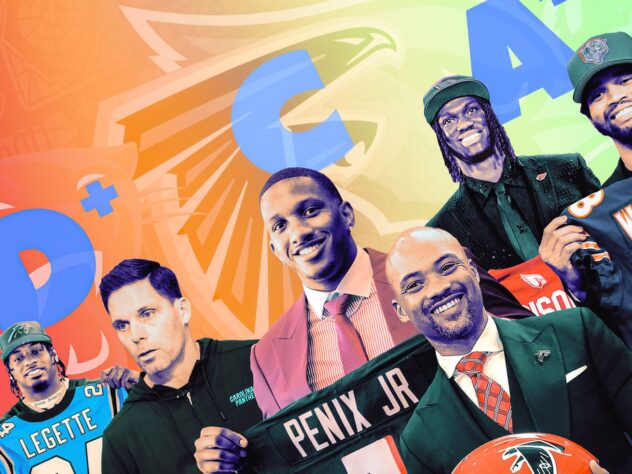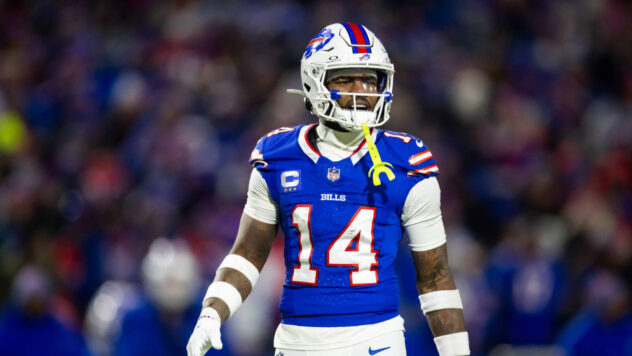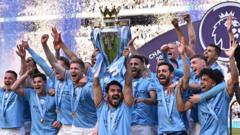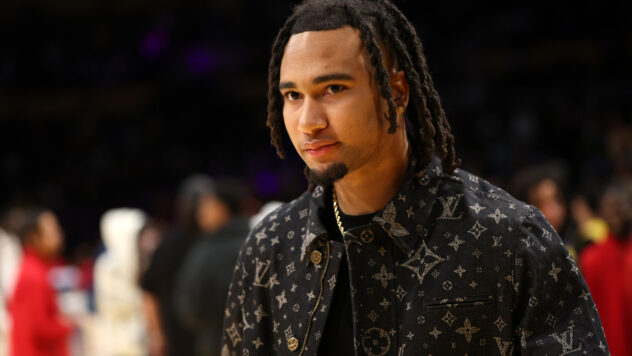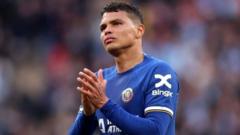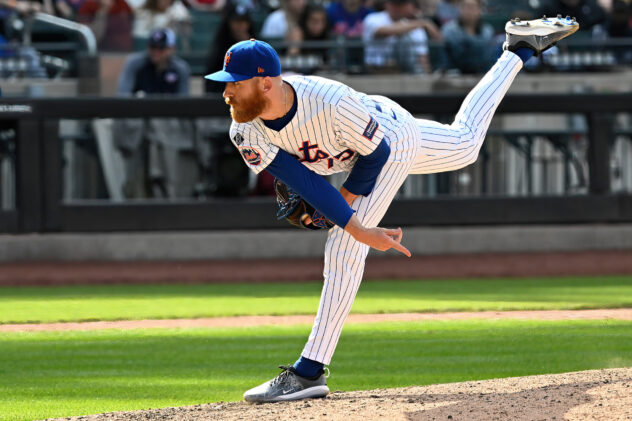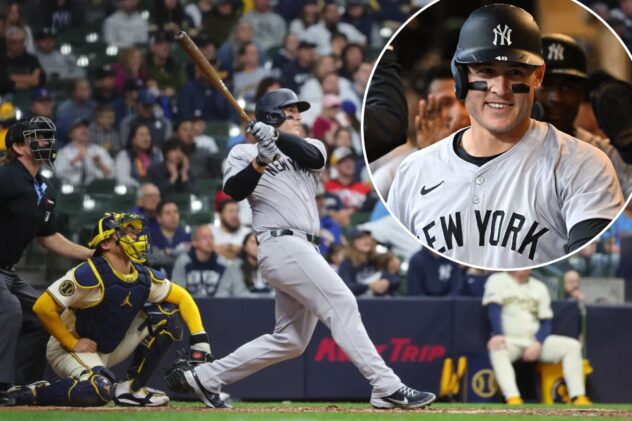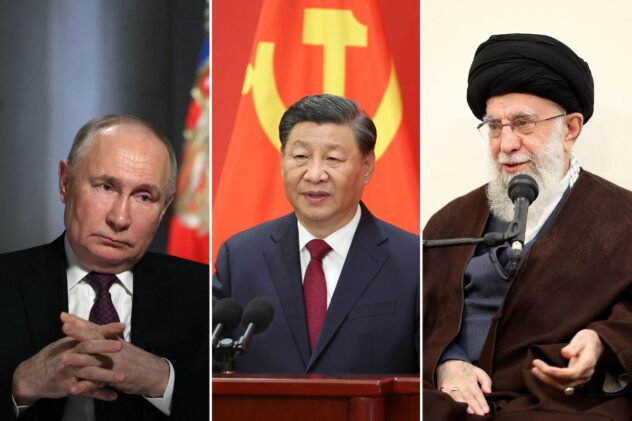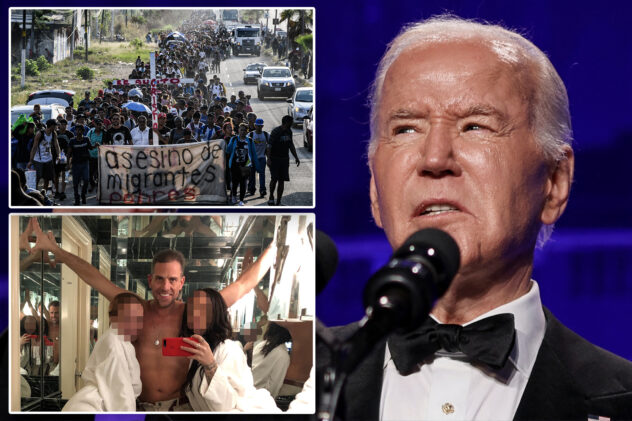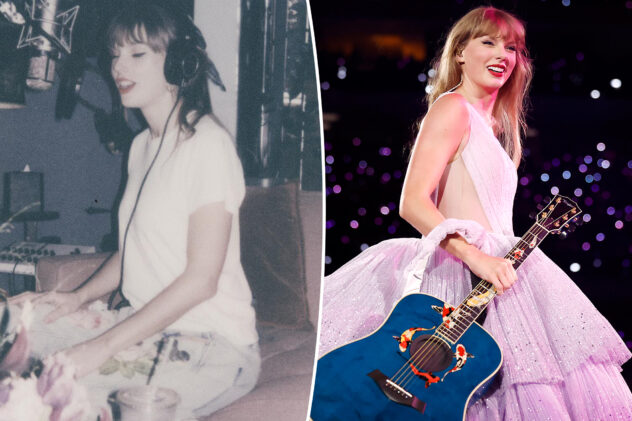O.J. Simpson Lived and Died in Infamy, Never Out of the Spotlight
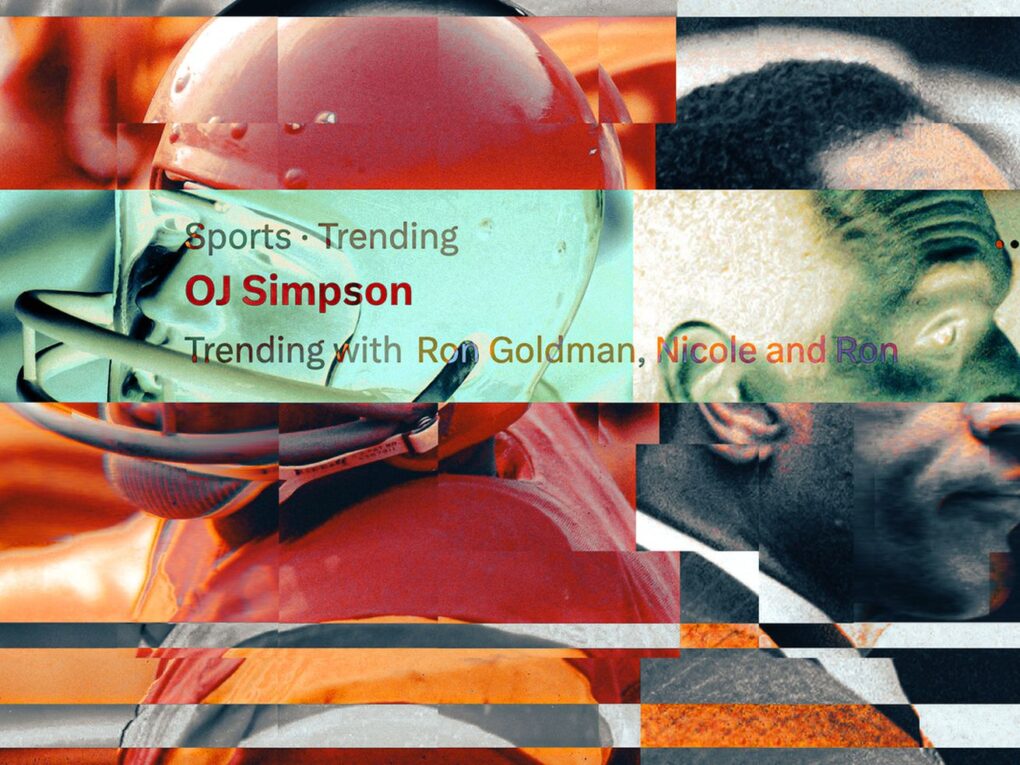
Simpson died Wednesday at age 76. His murder trial nearly three decades ago, with its confluence of celebrity and violence and cable news, changed modern media forever.
I never watched O.J. Simpson play football. I just watched him do everything else. His death on Wednesday, at age 76 from cancer, concludes a strange period of American life: when O.J.—it seems strange to call him Simpson—was impossible to evict from our newspapers, our TVs, and, finally, our social media feeds. It’s hard to think of a person who was more around, in the media sense of the term, except for a certain former and possibly future American president.
Consider the people whose careers were enriched, or made, by covering Simpson. At his 1995 trial for the murders of Nicole Brown and Ron Goldman: Geraldo Rivera, Jeffrey Toobin, Greta Van Susteren, and Larry King. After the jury at that trial found Simpson not guilty: Toobin again, for his book The Run of His Life; Chris Myers, who conducted a gonzo interview with Simpson on ESPN; Pablo Fenjves, who wrote Simpson’s craven pseudo-memoir, If I Did It; and comedian Norm Macdonald, who hounded O.J. on Saturday Night Live. In recent years, after Simpson was sent to prison for kidnapping and armed robbery in Las Vegas, there was O.J.: Made in America director Ezra Edelman (who won an Oscar for the film), The Athletic’s Tim Graham (who scored an interview), and whoever turned O.J. on to social media. (“Hey, Twitter world!”)
I grew up watching the O.J. of the late ’80s and early ’90s. It was hard not to. O.J.’s career as a Heisman winner at USC and Hall of Fame running back in the NFL was long behind him, and while he had few acting parts outside of the Naked Gun movies, O.J. had simply become a media entity. He was a star of Hertz ads, an NFL commentator on NBC. During those years, it was possible to know that O.J. was famous without knowing exactly what he was famous for.
Simpson’s sports TV career was its own mini-parable of the industry. In 1983, he joined the cast of Monday Night Football and became the first Black announcer on a network’s no. 1 NFL team. By the ’84 season, ABC executives had gotten tired of him. The following January, in the type of demotion that has never happened since, the network removed Simpson from its Super Bowl booth and replaced him with Joe Theismann, an active player.
Nicole Brown and Ronald Goldman were murdered on June 12, 1994. Five days later, I went to the Ballpark in Arlington to watch the Texas Rangers play. A handful of fans had brought small, portable TVs to watch the NBA Finals during the game. Soon, all of us were peeking over these fans’ shoulders to catch a glimpse of O.J.’s Bronco chase through the freeways of Los Angeles. The television audience for the chase was 95 million people; those are nearly Super Bowl numbers. The kind of eavesdropping we did in the stadium that night became the dominant form of American entertainment for the next year.
No movie or documentary can describe the hammerlock the O.J. trial had on the American media. The trial was a competitive beat for upscale publications like The New York Times and The New Yorker. It was an object of obsession for the tabloids, one of which found Simpson wearing the famous Bruno Magli shoes. It juiced up cable news and helped create the modern “legal analyst.” Because Judge Lance Ito allowed cameras into the courtroom, the trial became a kind of streaming event for the analog age. On October 3, 1995, my high school class was herded into the library so we could watch the verdict be delivered live.
When the jury declared Simpson not guilty, our teachers didn’t have to start a discussion about what it meant. They figured the O.J. trial was a mega-event of American history, like a moon landing, that students should not miss.
On the one hand, the lure of the O.J. trial—and its sequel two years later, when he was found liable for wrongful death and battery in civil court—was a mix of violence and celebrity. The O.J. coverage was one of the many fathers of the true crime podcast.
But the trial also touched on issues of race, of violence against women, of modern Los Angeles and its police department. It was the rare event that bridged the chasm between National Enquirer and The New Yorker. Any sense of media shame quickly melted away. The trial was content for everybody.
O.J.’s last tweet came in February, on Super Bowl Sunday. It was as if he didn’t want to miss a window for content. In the embedded video, O.J. picked his hometown 49ers to win the game. He assured fans (onlookers? enemies? an uncategorizable group of us that still watched O.J. for reasons we could not fully explain?) that his health was good. “God bless,” O.J. said with a wave and a smile. “Take care.”

